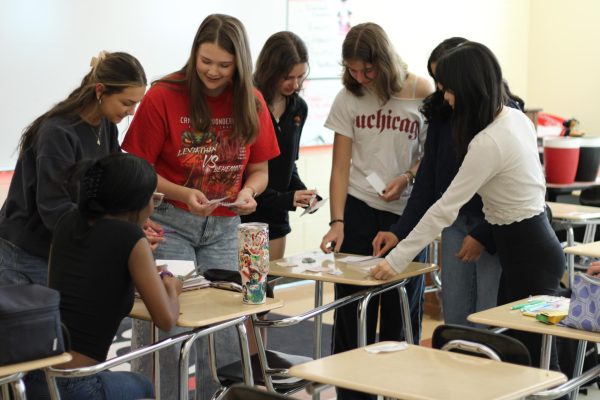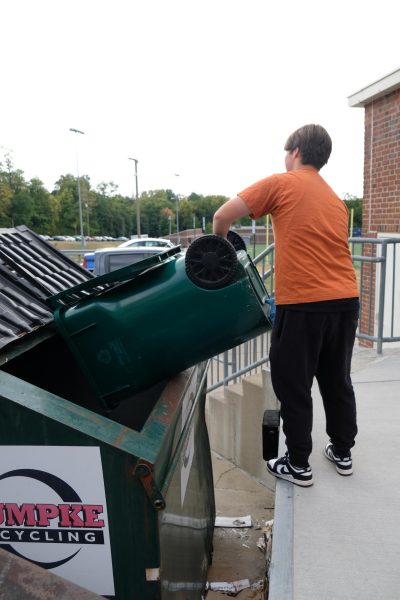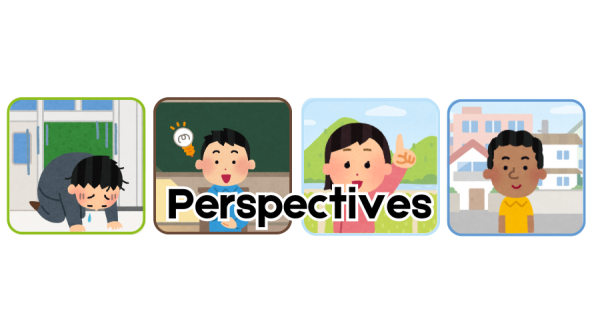Mental health: striving for excellence
From left to right: Susan Flowers, Julie Cathey and Regan Kitzmiller are working full time at WHHS to support students facing mental health issues. “I want kids to know that there is mental health help here and that we can help you all through any situation,” Kitzmiller said.
Susan Flowers, mental health specialist has helped students work through mental health struggles at WHHS for 10 years. She’s advised a student who went from a naive freshman, who walked through the daunting doors of WHHS for the first time four years ago, to a soon to graduate SENIOR.
“She’s had a gamut of things going on in her world, school, peers, the whole bit, some sexuality things… and she’ll tell me things she won’t tell anybody else, which is awesome,” Susan Flowers, mental health specialist, said.
Today, under the guidance of Flowers, this student has made meaningful progress to overcome these ongoing mental issues.
“She was someone who struggled with ever talking to someone, so she built rapport [with me],” Flowers said. “That’s one of the nice things about having the stability of someone here.”
After recently helping an underclassman who is struggling with some of the same things she worked through, the SENIOR was inspired to continue higher education in mental health. She is now interested in going into the field of therapy.
“The student came [back to me], saying ‘It was actually so awesome for me to be able to provide that input,’ It was almost therapeutic to her, and was so empowering,” Flowers said.
Flowers continues to leave a similar positive impact on the mental health of younger students she’ll work with over the next years.
Mental health is a broad term used to describe a range of symptoms that contribute to problems in someone’s life. For example, excessively worrying, or feeling sad or irritable which can negatively affect social relationships.
“It’s the coping skills that we develop, when we deal with difficult times in our life, how we handle that, how we cope with stress and how we go about taking care of ourselves so that we can be happy and healthy learners here at school,” School Psychologist, Julie Cathey said.
Students struggling with their mental health can lose interest in activities they previously enjoyed or begin to over-stress about grades, their future, succeeding and even safety at school.
“Some students here have some more serious, what would be considered mental health issues, such as psychosis or bipolar disorder, which is a mood disorder which can impact them in all areas in life,” Flowers said.
Along with the normal stressors teenagers face, WHHS students are dealing with more unusual sources of anxiety. This has become more prominent now than in previous years due to recent violence around the neighborhood.
“I felt very unsettled. It’s very saddening to go through a lock-in because it’s another thing you have to stress about in an already very stressful school day, and it’s just very horrible to hear about people getting killed in the neighborhood.” Nikolai Fedorov, ‘26, said.
Other students, particularly underclassmen seem to feel similarly about the subject, with Zoe Romanos, ‘27, describing her initial reaction to the violence as ‘fear’.
“I was really scared hearing about what had happened since most, if not all of the victims have been teenagers,” Romanos said.
Coming off a year of remote learning due to the pandemic has only furthered these struggles. Social worker Regan Kitzmiller is seeing an increased number of students in her office and in her after-school group due to anxiety attacks.
“I definitely think since COVID has happened and we’ve come out of lockdown, that nothing is normal still and that kids are still struggling after being isolated for so long,” Kitzmiller said.
Counselors see anxiety as an extremely common concern, especially due to the high academic pressure put on WHHS students. However, mental health is a widespread issue that extends far beyond just WHHS. After working at other high schools across Ohio and Kentucky, Flowers believes students from other schools struggle with it just as much, if not more, than students here.
“Anxiety just takes a different approach to everybody,” Flowers said. “Students here might have some anxiety around getting straight A’s, while other students have anxiety around passing a course to graduate high school. I’m not sure there’s more anxiety here, maybe just some different triggers to the anxiety.”
Still, there are multiple, in-school resources students have access to for support. Students can schedule an appointment with Flowers, Cathey, Kitzmiller or a counselor by email or text if it’s urgent.
“I want kids to know that there is help, mental health help here and that we can help you all through any situation…the school is huge and I really think that students have no idea how much support [there is],” Kitzmiller said.
Kitzmiller is also running an afterschool group that is already going on and will continue to meet throughout the year.
“We’re a group of people who talk about anxiety and depression and about feelings and emotions,” Camille Lewis, ‘25, a member of the afterschool group, said. “It’s been a positive experience… it’s definitely something I would go to again and I’ve made a few friends.”
Madison Lane-Jenkins, ‘24, is another involved participant of the group and enjoys meetings as a way to destress.
“You’re not obligated to talk about any hardcore things like depression or anxiety, or even any home problems. Everything in there stays in there, so you don’t have to worry about it being shared, but it’s a really comfortable space,” Lane-Jenkins said.
Mental health is an ongoing struggle. Not a bad day. Not a rough week, or even a rough year. Students cannot and should not treat high school as a transitory period because the same struggles they are facing now will be the struggles they carry with them through life. They are encouraged to use the resources available to them to acknowledge and act on mental health issues now before they become a larger issue.
“We are going to be starting additional groups at lunch on a variety of subjects, including consent, boundaries, and more on anxiety and depression,” Kitzmiller said. “[I hope it’s] a fun, relaxed place to just work on hardships in your adolescence.”
She’s working together with Flowers and Cathey on starting the lunch groups second semester and encourages interested students to contact her for more information.
“We thought that having these groups might be a way to reach more students,” Cathey said. “I think it’ll also help normalize mental health needs and stress and how we need to learn to come together and support each other.”
As the demand for mental health support increases, resources are only getting stronger. Cathey has noticed that there is more awareness for it today and the stigma is slowly decreasing.
“We all are dealing with struggles… and I think we all kind of collectively understand that and I feel like there’s been a movement towards more support especially here at Walnut for students,” Cathey said.
Despite the efforts made to provide students with multiple outlets to receive help from, there is always more that can be done with regard to new research and the devices. Flowers hopes to see alternative seating such as yoga balls and stationary bikes come to WHHS in the near future.
But the question remains… how can the top-ranked public high school in Ohio further strive to have the best mental health support as well? Students currently having mental health struggles are strongly advised to reach out for help.
“I know sometimes it can be a scary thing to reach out to someone that you don’t even know, but if just taking that first step and seems too overwhelming, talk to a friend,” Cathey said. “The important thing is to just be able to talk about it, to get it off of your chest, and then if you can stop by any of our offices at any time to request an appointment.”
Your donation will support the student journalists of Walnut Hills High School. Your contribution will allow us to purchase equipment, cover our annual website hosting, printing costs and offset competition and conferences fees for students.













